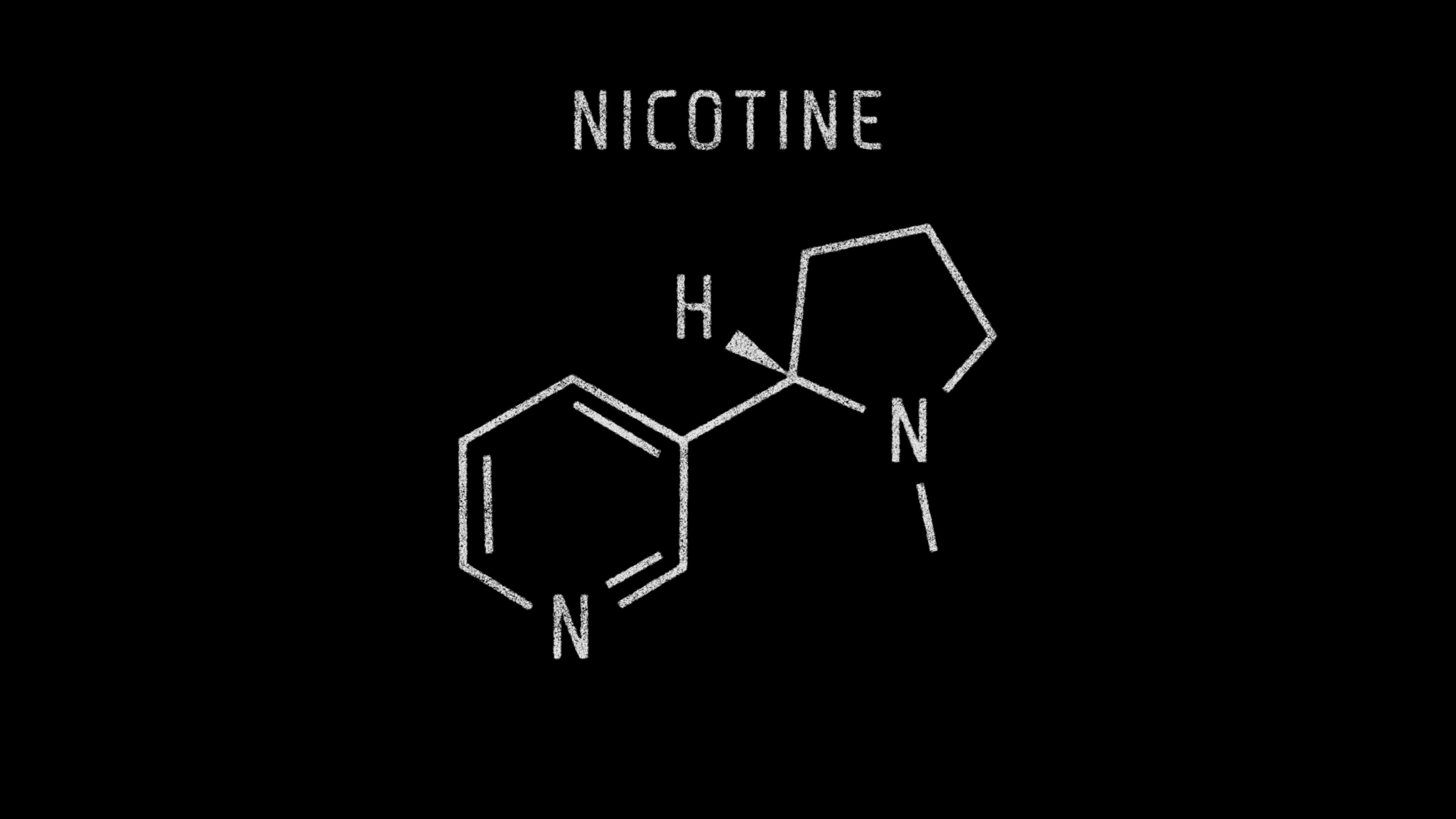We explain how nicotine behaves in the body and whether there is a difference between smoking, vaping, or snusing.
Tobacco products such as cigarettes, snuff, or snus contain nicotine, as it occurs in the tobacco plant. Nicotine triggers chemical reactions in the brain within a few seconds of intake, such as a stimulating effect on the body or an increase in attention.
In this blog article, we want to take a closer look at how long nicotine stays in the body and when the breakdown process begins. Additionally, we want to briefly explain how much nicotine is absorbed through smoking, vaping, or snusing.
How can nicotine be detected in the body?
When the body absorbs nicotine, the substance travels through several organs, and not only the lungs are affected. A large part is broken down in the kidneys. The body converts nicotine into cotinine during the breakdown process. Cotinine is a metabolite of nicotine and can be detected in the blood, urine, or saliva through laboratory tests.
The concentration of cotinine depends on how long and how much one smokes. The most reliable test is measuring the cotinine levels in the blood.
How long does nicotine stay in the body?
The body takes an average of up to eight hours to break down nicotine after smoking a cigarette. In regular smokers, cotinine can still be detected ten to thirty days after quitting smoking.
A study published in the American Journal of Public Health found that the cotinine concentration in occasional smokers returned to a normal level comparable to non-smokers after about four days. According to the study, the cotinine concentration decreased from 294 ng/ml to 10 ng/ml on the fourth day for all participants.
How long is nicotine detectable in the blood?
As mentioned earlier, the blood test is the most reliable test to detect nicotine in the body. The average duration was also around ten days.
How can the breakdown process be accelerated?
To speed up the breakdown of nicotine in the body, there are a few ways to accelerate the process. Of course, the first step is to quit smoking and give the body a break. Physical activity outdoors, for example, helps to remove nicotine from the bloodstream faster, as exercise boosts metabolism.
Healthy foods can also help reduce nicotine levels. A balanced diet helps the body regenerate itself.
How much nicotine is in cigarettes, e-cigarettes, and snus?
On average, a cigarette contains 7 to 20 mg/g of nicotine, with the exact content depending on the brand. However, the body does not absorb the entire nicotine content, but only 1 to 2 mg/g per cigarette. E-cigarettes have a similar nicotine content, with an average of about 20 mg/g. Here too, only a small percentage is absorbed.
The nicotine content varies greatly in chewing tobacco or tobacco-free nicotine pouches, depending on the brand. One of the strongest products on the chew bags market is Siberia Red -80 Degrees WDP Slim with a nicotine content of 45 mg/g. On average, most products contain about 10 to 20 mg/g of nicotine, such as XQS Spearmint Strong AW with 16 mg/g of nicotine. There are even snus products that are completely nicotine-free, such as edel CBD Mint.
Just like with cigarettes and e-cigarettes, the body does not absorb all the nicotine, but on average about 30% of the effective nicotine content in chewing tobacco and around 50% in all white snus.
Conclusion
The duration for which nicotine can be detected in the body depends on the duration and amount of smoking. In heavy smokers, nicotine can be detected in the blood, saliva, or urine for about 10 to 30 days after quitting smoking, while occasional smokers take an average of four days for the concentration to return to a normal level.


